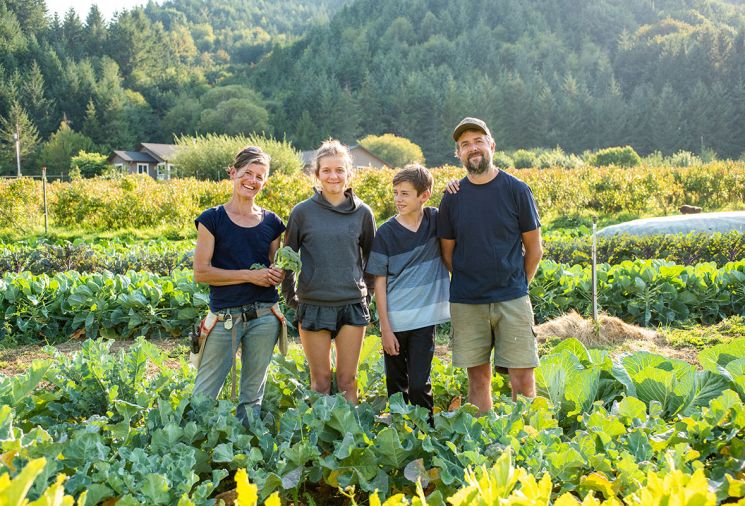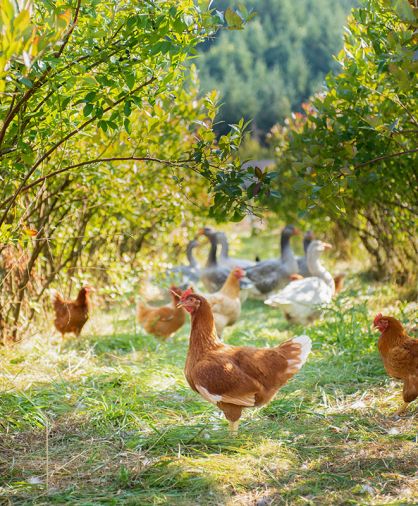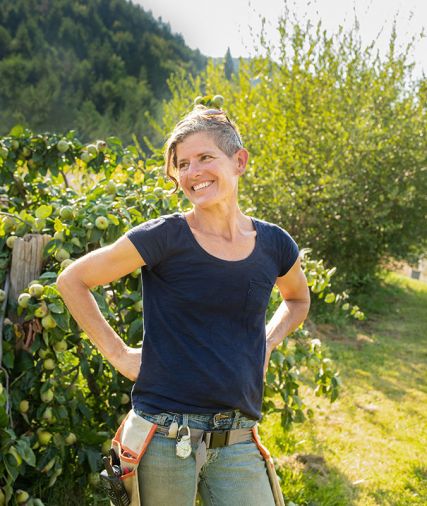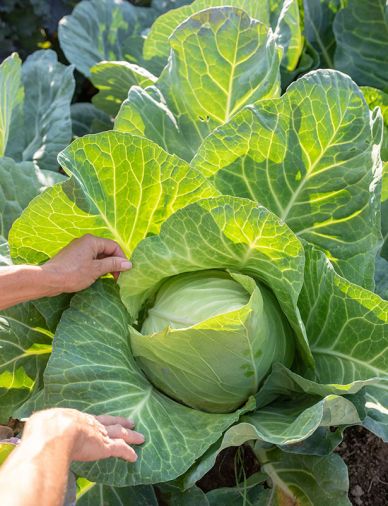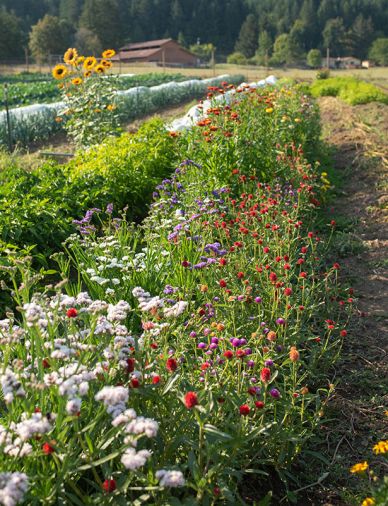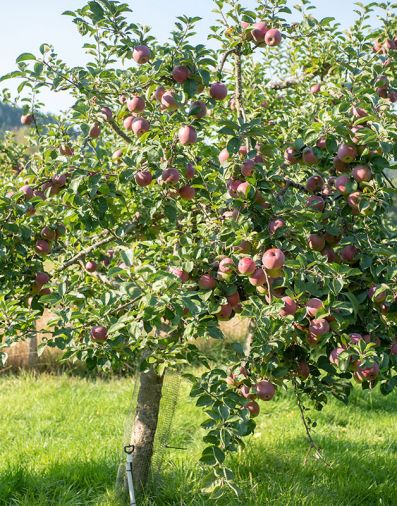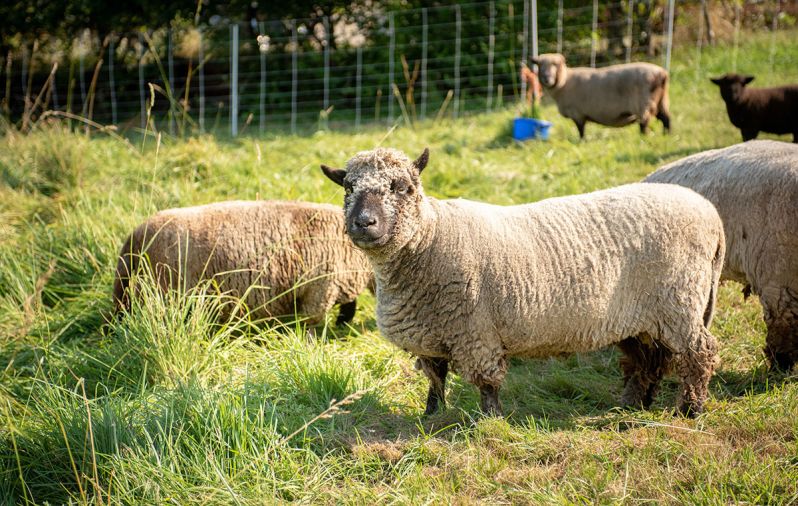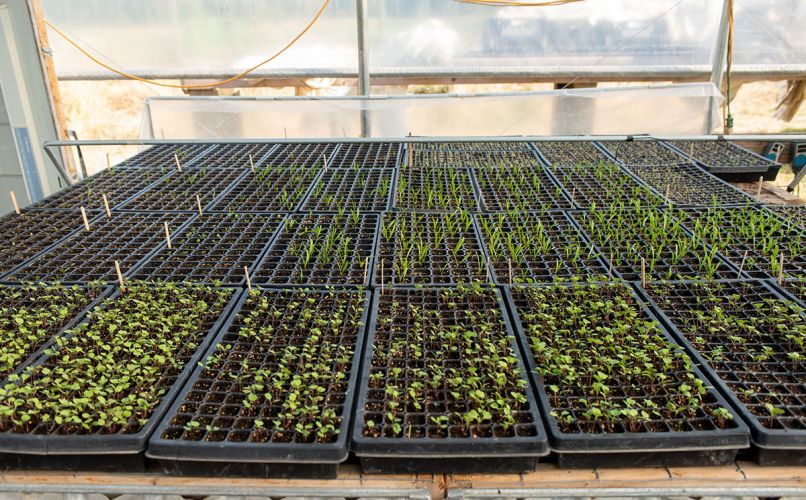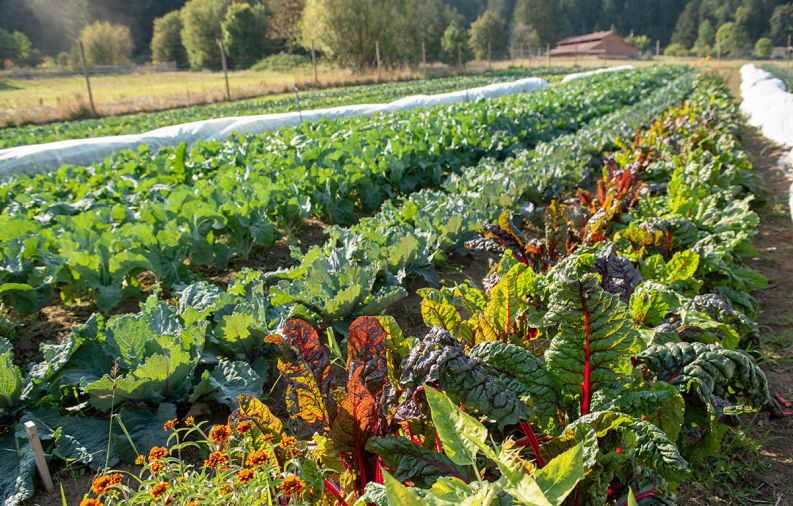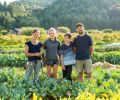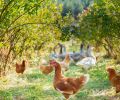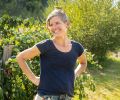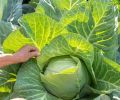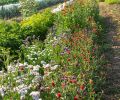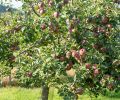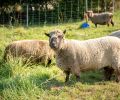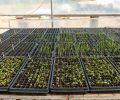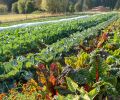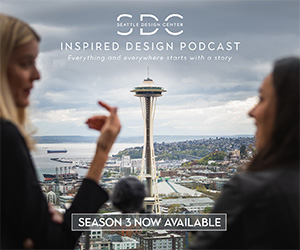Beth Hoinacki has worked on farms for as long as she can remember. Growing up in southern Illinois, she helped her family with their subsistence garden, pitched in at a neighbor’s farmer’s market booth, and spent college summers working on a farm on Martha’s Vineyard. Yet she never considered agriculture as a career until college was nearly over–and even then, her vision was, at first, an academic one.
“When I realized I did want some kind of career in agriculture, because of my background, I assumed that meant going back to school,” said Hoinacki. So, drawn by her fascination with how plants interact with the complex ecosystem of microbial soil life, she enrolled in a doctoral program in plant pathology at Oregon State University. “Halfway through my graduate program, I figured out that actually I wanted to be a farmer,” said Hoinacki. “I joke that I’m a totally overeducated farmer. But thankfully my major professor was very supportive of me veering off the traditional course.”
That wasn’t her first departure from tradition. Hoinacki and her husband purchased a 10-acre parcel along the Luckiamute River in Kings Valley to the west of Corvallis. It contained a single wide trailer, an acre and a half of blueberries, and little else. “It was essentially bare land,” said Hoinacki. “Everything was built from scratch.” Hoinacki describes the first couple of years working the property as “intensive gardening” rather than true farming. But in 2008, she took a job working in organic and biodynamic certification. That experience opened her eyes to the holistic and spiritual insights of biodynamics, which focuses not just on productivity, but includes the relationships between all the different elements on the farm.
“Biodynamics is fundamentally different from organics, in the sense that it considers the farm as a holistic organism,” explains Hoinacki. That insight transformed the way she thought about her farm, as well as her relationship to it. “In 2010, I had this aha moment when I figured out that my job as the farmer was to facilitate my farm’s expression of itself,” said Hoinacki, “and that expression, of course, was related to what I would call the natural resources of the farm, everything from the aspect of the slope, to soil types, climate, river, how water moved, what our last frost date was.” Farming, in other words, was more than a job; it was nothing less than entering into a complex relationship between human beings, plants, animals, and a very specific place–a larger mirror of the intricate relationships between plants and soil life that had drawn her to agriculture in the first place.
Hoinacki loves interacting with customers at the Corvallis Farmers’ Market and CSA pickup events, because it gives her an opportunity to talk about what agricultural terms like organic, biodynamic, and no-spray mean–and don’t mean. “The spiritual component of biodynamics, which I found really attractive, has to do with the implicit and explicit relationship with the land, the farm, your animals, the earth, and the cosmos. That’s not what organics is about,” said Hoinacki. “Organics is the same as conventional agriculture in that it’s a linear production system, and the only thing that differs is how toxic the chemicals are and how they’re manufactured.” Hoinacki says customers are often surprised to learn that the organic standard can include industrial-scale farms that rely heavily on chemical inputs, as long as they’re made from natural raw materials.
Hoinacki says one of her favorite parts about farming biodynamically is figuring out how to piece together the different jigsaw-like puzzle pieces of crop succession and livestock rotation. At Goodfoot Farm, some of the most important puzzle pieces are animals, including horses, sheep, geese, chickens, and pigs. Biodynamics emphasizes limiting off-farm inputs as much as possible, so the horses provide fertility, supercharging the farm’s onsite compost program. Poultry and sheep are rotated through perennial crops like blueberries and orchards, where they munch down the grass and snack on old berries that might harbor pathogens from one season to the next. “We call them our little sanitation workers,” says Hoinacki.
As part of the biodynamic standard, about 10% of the land base is also kept in a biodiversity reserve, which helps to support birds and wildlife as well as beneficial insects like predatory wasps, ladybugs, and pollinators. Flowering annuals and native plants interplanted with vegetables create additional insect habitat. “The biodynamic method recognizes that biologically diverse systems are in balance, and in balance systems are productive systems,” said Hoinacki. It’s perhaps the most fundamental insight of biodynamics–that everything is connected, that strength lies in diversity, and that resilient relationships between individuals, populations, and systems are the key to sustaining life on earth.

